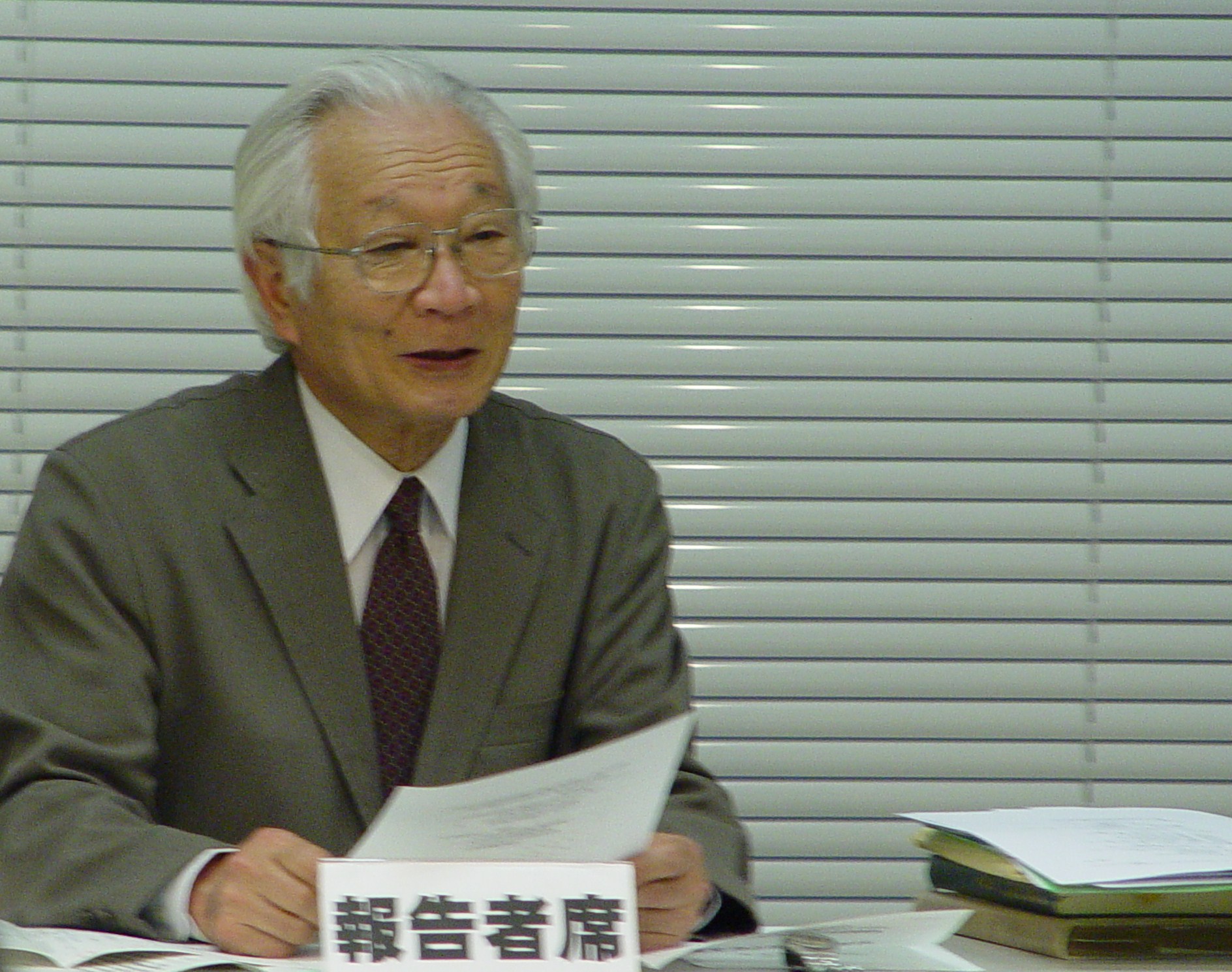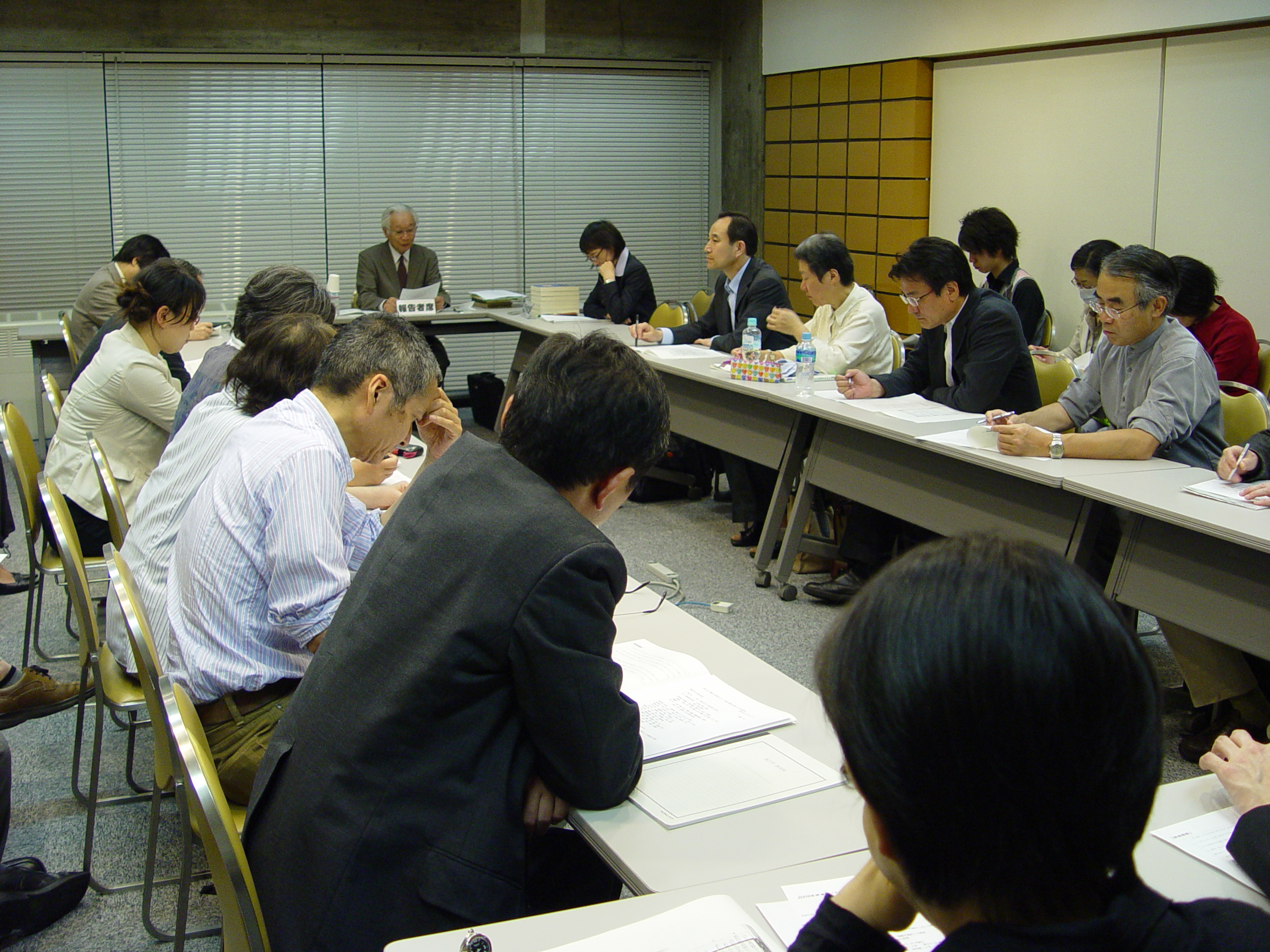2nd East Asian Culture Research Meeting of 2009
Academic Frontier Sub-project 2: Japan as an ‘Other’ Culture
2nd East Asian Culture Research Meeting of 2009
“Kanbun Ability and Japan in the Modern Age”
- Speaker: SATO Tamotsu (Emeritus Professor, Ochanomizu Women’s University; Adviser, Nishogakusha)
- Date: Tuesday, 19 May 2009, 18:30-20:30
- Venue: Hosei University Ichigaya Campus, ’58 Building 2F Research Center for International Japanese Studies Seminar Room
- Chair: WANG Min (Professor, Hosei University Research Center for International Japanese Studies)


“Kanbun ability” describes the skill of Japanese people at reading Chinese literary texts following Japanese language rules, and expressing their own ideas and intent in written Chinese. This transforming of Chinese for use in Japanese ? Kanbun ability ? reached its peak in the Edo period, when Japanese study of the Chinese classics flourished. In the Meiji period the Western literature school decided the course of national education, although private academies were set up in many areas by the Chinese literature school, and the level of Kanbun ability remained high. Upon this background we see how Chinese translations of European and American literature and Chinese writings could have assisted in the absorption of new foreign knowledge for Japan’s “modernization”. For Japanese people at that time, with their great Kanbun ability, Chinese would have been easy to understand.
Another example of the role of Kanbun ability in Japan’s modern age is in the area of diplomacy. In order to communicate with the Qing Dynasty diplomatic mission, the written communication method of Kanbun was used as an international common language.
Reporte by: SATO Tamotsu (Emeritus Professor, Ochanomizu Women’s University;Adviser, Nishogakusha)


